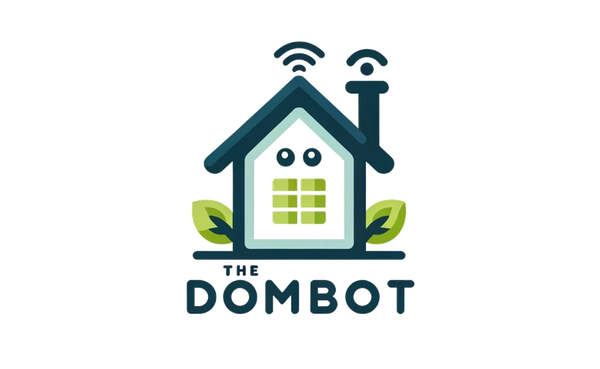Collection: Zigbee: The Smart Home Protocol You Need to Know
Zigbee: The Wireless Protocol That's Actually Smart (Unlike My Cat)
Hey there, tech-savvy friends! Today, we're diving into the wonderful world of Zigbee, a wireless protocol that's making waves in the smart home scene. Now, I know what you're thinking: "Another acronym? Seriously?" But trust me, Zigbee is worth the effort. It's like the cool kid at the smart home party, connecting all your devices with a smooth, reliable, and energy-efficient vibe.
What is Zigbee, and Why Should You Care?
Think of Zigbee as the ultimate network for your smart home devices. It's a low-power, mesh networking protocol that lets your gadgets talk to each other without needing a constant internet connection. It's like a secret handshake between your smart lights, sensors, and appliances, allowing them to communicate seamlessly.
Now, you might be wondering, "Why not just use Wi-Fi?" Well, Wi-Fi is great for streaming Netflix, but it's not always the best choice for your smart home. Zigbee is more energy-efficient, has a longer range, and can handle more devices without getting bogged down. Plus, it's super secure, so you can rest assured that your smart home isn't being hacked by a rogue Roomba.
Zigbee: A Step-by-Step Guide (Because I'm Not a Wizard)
Okay, let's break down this Zigbee thing step by step, because even I need a little help sometimes.
1. The Zigbee Network: It's Like a Party, But With Less Noise
Imagine your smart home as a party. Each device is a guest, and Zigbee is the host, making sure everyone can chat and mingle. The network is made up of "nodes," which are your devices, and a "coordinator," which is the main hub that controls everything.
The cool thing about Zigbee is that it's a mesh network. This means that devices can communicate directly with each other, even if they're not directly connected to the coordinator. It's like a chain letter, but instead of annoying your friends, it's making your smart home work flawlessly.
2. Zigbee Architecture: The Blueprint for Your Smart Home
The Zigbee architecture is like the blueprint for your smart home. It defines how devices communicate and interact with each other. There are three main layers:
- Application Layer: This is where the magic happens. It's the layer that handles the specific functions of your devices, like turning on your lights or adjusting your thermostat.
- Network Layer: This layer is like the traffic cop of your Zigbee network. It manages the flow of data between devices and ensures that everything runs smoothly.
- Physical Layer: This is the bottom layer, responsible for transmitting data over the airwaves. It's like the actual radio waves that connect your devices.
3. Zigbee Application: Putting It All Together
Now, let's talk about the fun part: Zigbee applications. This is where you get to see Zigbee in action. Here are some examples:
- Smart Lighting: Control your lights with your voice, your phone, or even a timer.
- Smart Home Security: Set up motion sensors, door and window sensors, and even security cameras to keep your home safe.
- Smart Appliances: Control your appliances remotely, like turning on your oven or starting your washing machine.
- Smart Thermostats: Adjust your home's temperature automatically to save energy and money.
Zigbee: The Future of Smart Homes?
Zigbee is definitely a game-changer in the smart home world. It's reliable, secure, and energy-efficient, making it a great choice for connecting your devices. So, if you're looking to build a smart home that's actually smart (unlike my cat, who just likes to knock things over), Zigbee is definitely worth considering.
Now, go forth and build your own Zigbee network! And remember, if you have any questions, just ask. I'm always happy to help (unless I'm busy trying to teach my cat how to use a smart speaker).
Resources:
